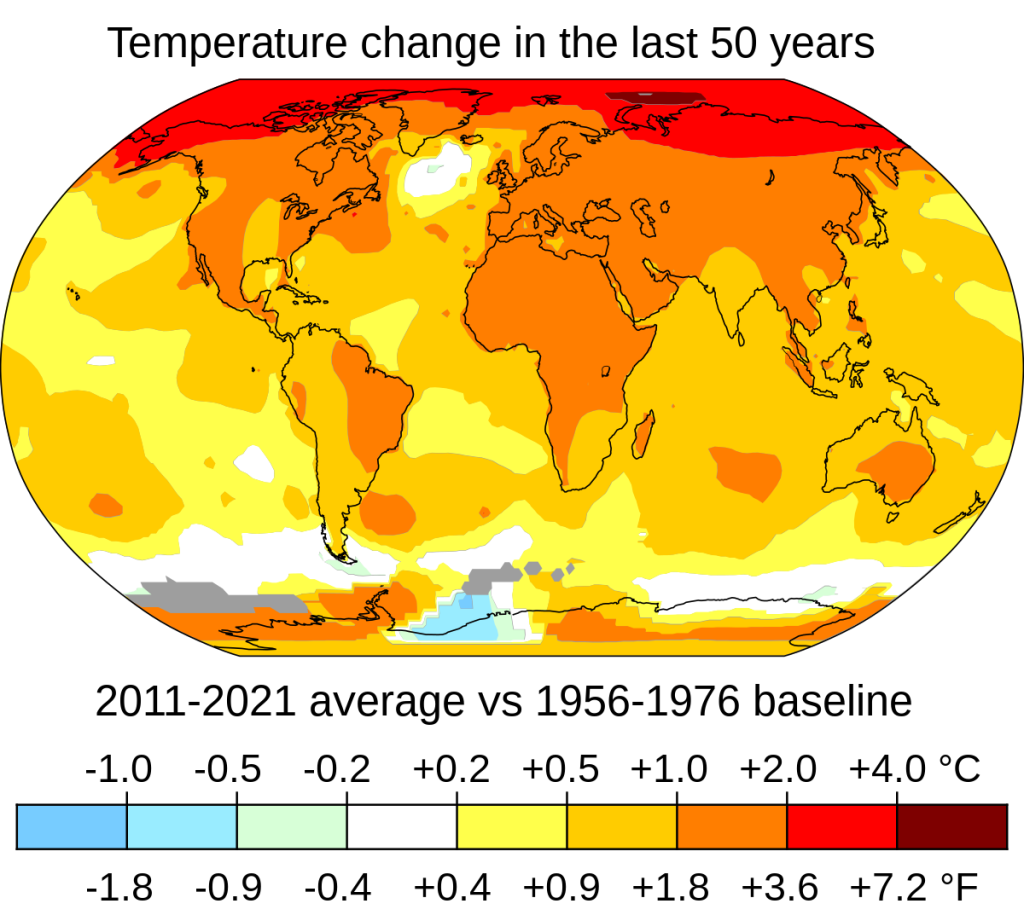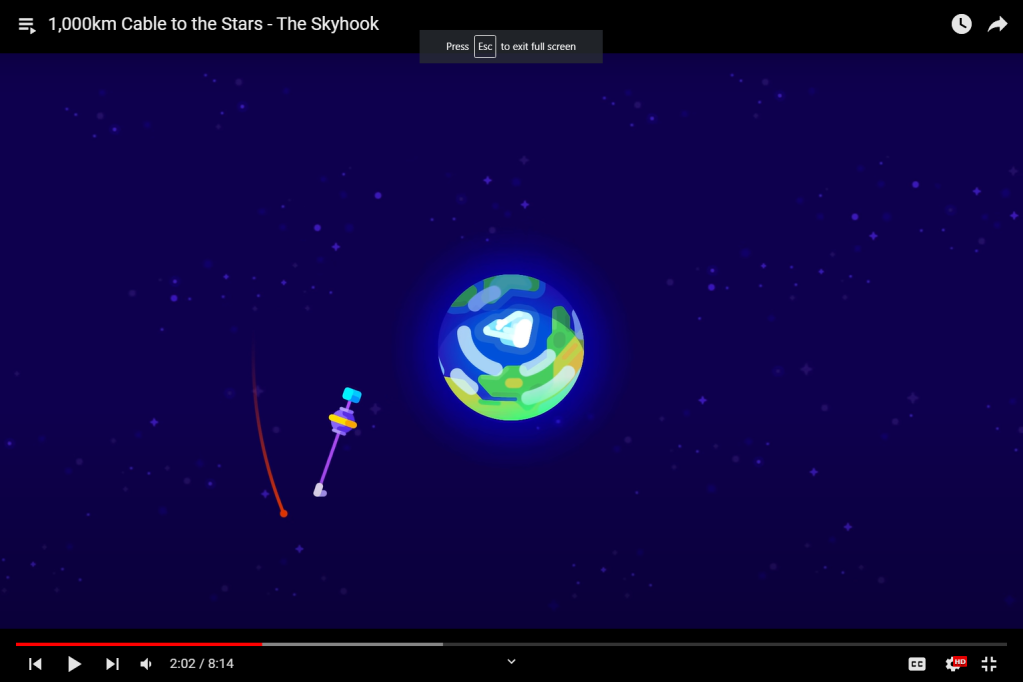Stars are capable of being pulled into the orbit of black holes due to their incredible mass. As the stars begin to orbit the black hole, mass from the star is pulled towards the black hole in the form of gas from the star’s atmosphere. NASA believes that the black hole collects the mass as either a steady stream of gas flowing from the star to the black hole or from the star’s stellar wind being consumed by the black hole. The collected gas creates the swirling accretion disk of the black hole that glows in visible, ultraviolet, and x-ray light. Astronomers can use this light to understand the strength of the gravitational field and the mass of the object acting on the star, allowing them to make determinations about the existence of black holes.
NASA recently released a video visualization that displays 22 of these confirmed binary black hole systems in the Milky Way and Large Magellanic Cloud, a neighboring galaxy 160,000 light-years away. Some stars have an orbital period as low as a few hours, while others orbit a black hole 15x more massive than the sun. The teardrop-shaped excess from the stars represents the parasitic nature of the black hole stealing mass from its companion star. All systems shown are X-Ray binary systems, meaning that as the mass is falling from the star to the black hole, it releases gravitational potential energy in the form of X-Rays.
Source: Gizmodo, Astronomy.com, Wikipedia










